
Tickencote is a small village and civil parish in the county of Rutland in the East Midlands of England. It is noted for St Peter's Church, with its Norman chancel arch. The population at the 2001 census was 67. At the 2011 census the population remained less than 100 and was included together with the parish of Great Casterton.
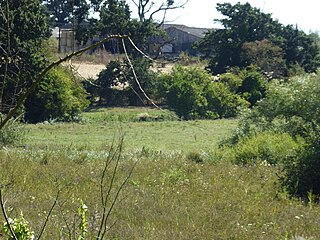
Ducan's Marsh is a 3.6-hectare (8.9-acre) biological Site of Special Scientific Interest north-east of Loddon in Norfolk. It is part of the Broadland Ramsar site and Special Protection Area, and The Broads Special Area of Conservation.

Hopton Fen is a 15.3 hectare biological Site of Special Scientific Interest north of Hopton in Suffolk. It is managed by the Suffolk Wildlife Trust.
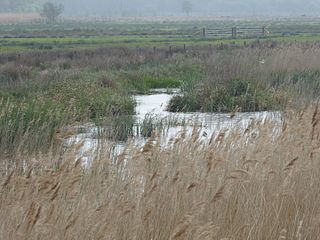
Castle Marshes is a 71 hectare nature reserve west of Lowestoft in Suffolk. It is managed by the Suffolk Wildlife Trust. It is part of the Barnby Broad and Marshes Site of Special Scientific Interest the Broadland Ramsar internationally important wetland site, the Broadland Special Protection Area under the European Union Directive on the Conservation of Wild Birds, and The Broads Special Area of Conservation.
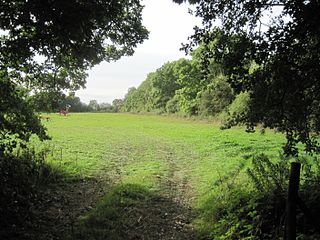
Caldecote Meadows is a 9.1 hectare biological Site of Special Scientific Interest in Caldecote in Cambridgeshire.

St Neots Common is a 33.4 hectare biological Site of Special Scientific Interest in St Neots in Cambridgeshire.
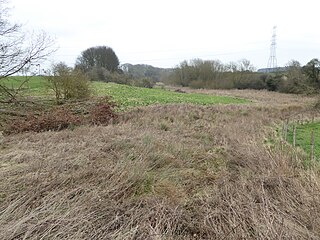
Birch Spinney and Mawsley Marsh is a 12.3 hectare biological Site of Special Scientific Interest north-west of Broughton in Northamptonshire.

Racecourse Farm Fields is a 5 hectare biological Site of Special Scientific Interest in Easton on the Hill in Northamptonshire.

Sprat's Water and Marshes, Carlton Colville is a 57.1 hectare biological Site of Special Scientific Interest on the western outskirts of Lowestoft in Suffolk, England. It is part of the Broadland Ramsar internationally important wetland site, and Special Protection Area under the European Union Directive on the Conservation of Wild Birds, and part of The Broads Special Area of Conservation. The northern part of the site is Carlton Marshes, which is part of Carlton and Oulton Marshes, a nature reserve managed by the Suffolk Wildlife Trust.
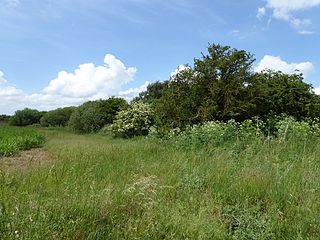
Lakenheath Poor's Fen is a 5.2 hectare biological Site of Special Scientific Interest west of Lakenheath in Suffolk.

Clipsham Old Quarry and Pickworth Great Wood is a 111.2 hectare biological and geological Site of Special Scientific Interest in Rutland. It lies southeast of Clipsham and north of Pickworth. Clipsham Old Quarry is a Geological Conservation Review site, and Pickworth Great Wood is owned by the Forestry Commission.
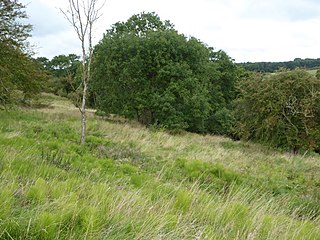
Chater Valley is a 3.8 hectare biological Site of Special Scientific Interest north of Loddington in Leicestershire.

Misterton Marshes is a 6.8 hectare biological Site of Special Scientific Interest north of Misterton in Leicestershire.
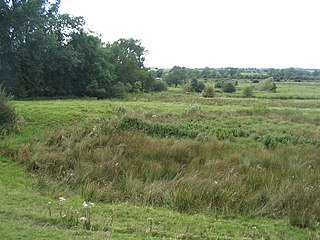
Frisby Marsh is a 10.2 hectare biological Site of Special Scientific Interest east of Frisby on the Wreake in Leicestershire.
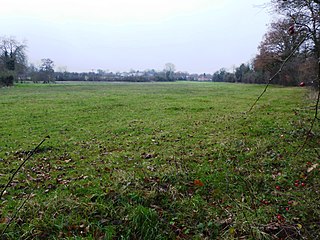
Botcheston Bog is a 2.9-hectare (7.2-acre) biological Site of Special Scientific Interest near Botcheston, west of Leicester.

Castle Acre Common is a 17.8-hectare (44-acre) biological Site of Special Scientific Interest east of King's Lynn in Norfolk.

Damgate Marshes, Acle is a 64.7-hectare (160-acre) biological Site of Special Scientific Interest between Norwich and Great Yarmouth in Norfolk. It is part of the Broadland Ramsar site and The Broads Special Area of Conservation.

Shallam Dyke Marshes, Thurne is a 69.8-hectare (172-acre) biological Site of Special Scientific Interest south-east of Norwich in Norfolk. It is part of the Broadland Ramsar site and Special Protection Area, and The Broads Special Area of Conservation.

Upton Broad and Marshes is a 195.4-hectare (483-acre) biological Site of Special Scientific Interest east of Norwich in Norfolk. It is a Nature Conservation Review site, Grade I and a larger area of 318-hectare (790-acre) is managed by the Norfolk Wildlife Trust. It is part of the Broadland Ramsar site and Special Protection Area, and The Broads Special Area of Conservation.

Eelmoor Marsh is a 66.3-hectare (164-acre) biological Site of Special Scientific Interest between Fleet and Farnborough in Hampshire. It is part of Thames Basin Heaths Special Protection Area for the conservation of wild birds.




















